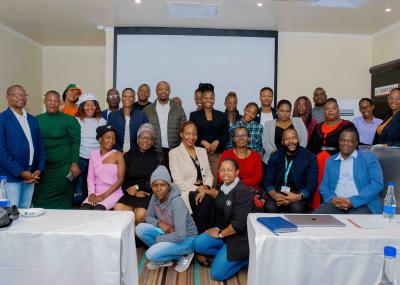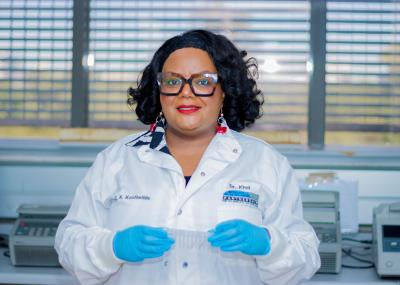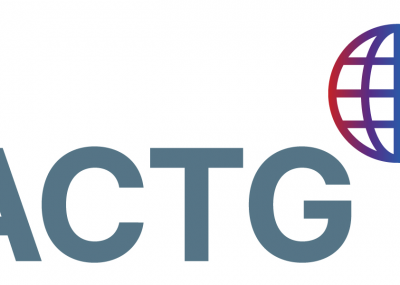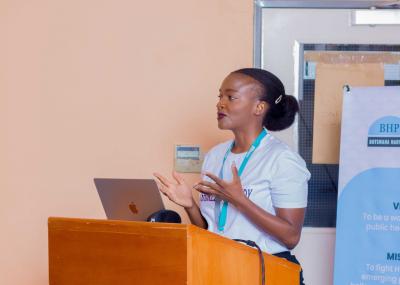Objective: To describe and quantify hearing impairment among children referred to the audiology clinic in Princess Marina Hospital, a public referral hospital in Botswana. Methods. In a retrospective case series, we reviewed medical records of children aged 10 years and younger whose hearing was assessed between January 2006 and December 2015 at the audiology clinic of Princess Marina Hospital in Gaborone, Botswana.
Results: Of 622 children, 50% were male, and median age was 6.7 years (interquartile range = 5.0-8.3). Hearing impairment was diagnosed in 32% of clinic attendees, comprising sensorineural (23%), conductive (25%), and mixed (11%) hearing loss, while 41% of children with diagnosed hearing impairment did not have a classification type. Hearing impairment was mild in 22.9%, moderate in 22.4%, severe in 19.4%, profound in 16.9%, and of undocumented severity in 18.4%. Children younger than 5 years were 2.7 times (95% confidence interval = 1.29-5.49; P = .008) more likely to be diagnosed with sensorineural hearing impairment compared with those older than 5 years. By contrast, children older than 5 years were 9.6 times (95% confidence interval = 2.22-41.0; P = .002) more likely to be diagnosed with conductive hearing loss compared with those under 5 years.
Conclusion: Hearing impairment was common among children referred to this audiology clinic in Botswana. Of those with hearing impairment, more than a third had moderate or severe deficits, suggesting that referrals for hearing assessments are not occurring early enough. Hearing awareness programs individually tailored to parents, educators, and health care workers are needed. Neonatal and school hearing screening programs would also be beneficial.




